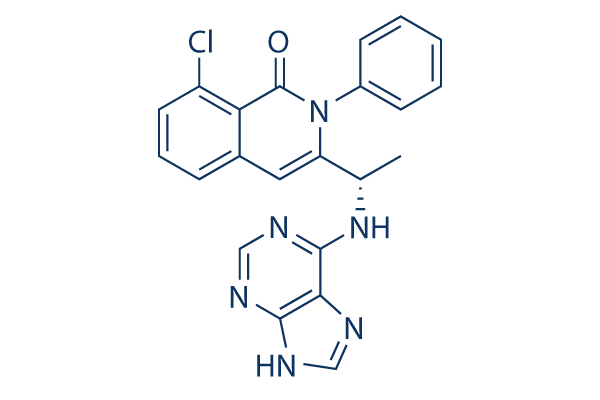Despite the fact that these new agents improve progression free survival, none have shown a statistically substantial improvement in all round survival. In effect none are cura tive, and duration of response is frequently limited. The PI3K pathway is activated and or up regulated in cancers, and plays a crucial part in tumor progression. There are actually three classes of PI3Ks, each has its own substrate specificity. Class IA PI3Ks, one of the most broadly implicated in cancer, primarily phosphory late phosphatidylinositol 4,five bisphosphate to generate the second messenger phosphatidylinositol 3,four,5 trispho sphate. This enzyme is usually a heterodimer consisting of a p85 regulatory and a p110 catalytic subunit. Class IA PI3K is activated by receptor tyrosine kinase sig naling.
Binding of p85 to activated RTKs serves both to recruit the p85 p110 heterodimer to the plasma membrane, where its substrate four,five bisphosphate resides, and to relieve basal inhibition of p110a by p85. Downstream mediators, like Akt and PDK1, straight selleck chemical bind to phosphatidylinositol three,four,5 trisphosphate. Akt phosphorylates several cellular pro teins, including GSK3, GSK3?, FOXO transcription fac tors, MDM2, and Bad, to facilitate cell survival and cell cycle entry. Akt phosphorylation also final results in acti vation with the mTOR raptor complicated, which regulates protein synthesis, cell growth, and proliferation. There are two distinct functional mTOR complexes, mTORC1 and mTORC2. mTORC1 consists of mTOR and Raptor, and its activation results in phosphorylation of p70S6 and 4E BP1. mTORC2 consists of mTOR as well as the rapamycin insensi tive companion of mTOR, and causes Akt phos phorylation.
Akt promotes protein synthesis and cell development by alleviating TSC1 2 suppression of mTOR, permitting the latter to act as component of your mTOR the full report raptor complex on 4EBP1 and S6 kinases. Activation with the PI3K pathway in cancers has been demonstrated in a lot of studies. The two most com mon mutations are of p110a and loss in the tumor suppressor PTEN. Amplification of PIK3CA and Akt are sometimes observed in epithelial cancers. Recently, higher expression of the PI3K p110g isoform was implicated in pancreatic adenocarcinoma progres sion. There’s precise  evidence of PI3K pathway activation in RCC, it is actually constitutively activated in RCC cells regardless of VHL status, and activation is tumor specific. Activation of mTOR may also up regulate HIF gene expression, which, in patients with VHL muta tions, can magnify HIF accumulation and expression of HIF inducible genes.
evidence of PI3K pathway activation in RCC, it is actually constitutively activated in RCC cells regardless of VHL status, and activation is tumor specific. Activation of mTOR may also up regulate HIF gene expression, which, in patients with VHL muta tions, can magnify HIF accumulation and expression of HIF inducible genes.
ATPases Signal
Besides exchangers, other categories of transmembrane ATPase include co-transporters and pumps.
